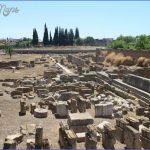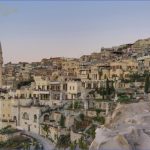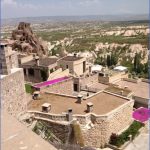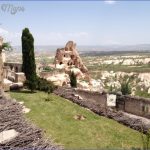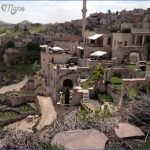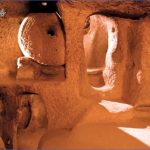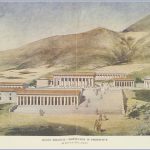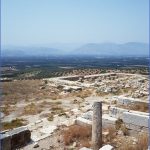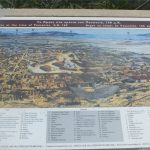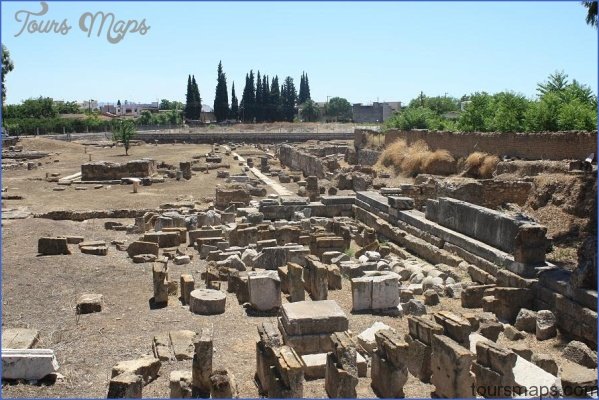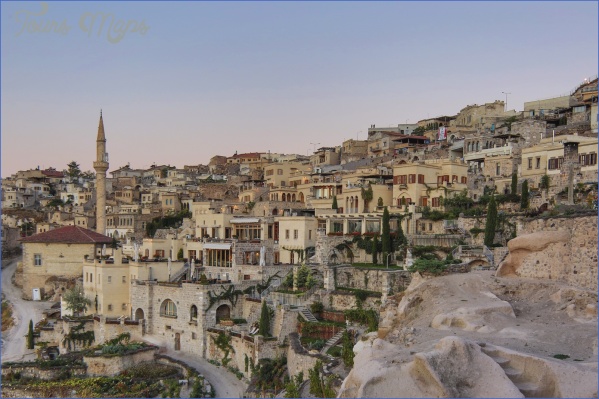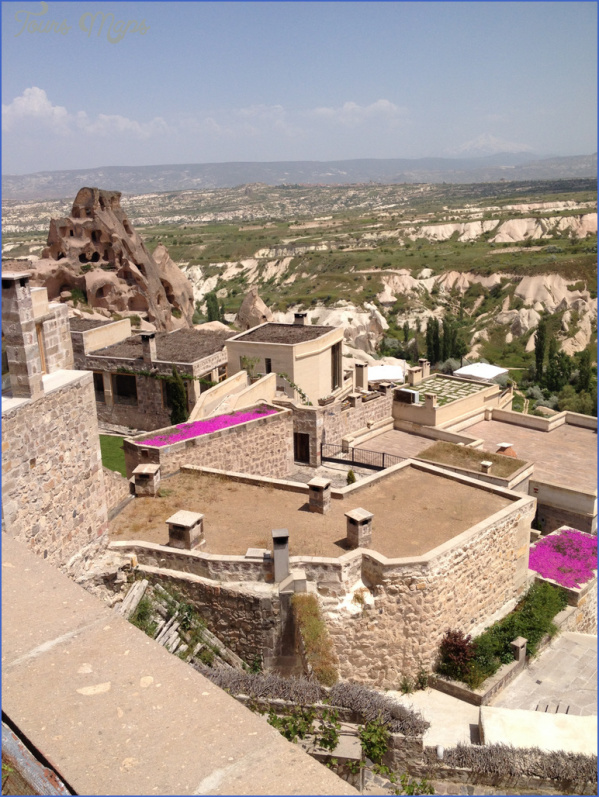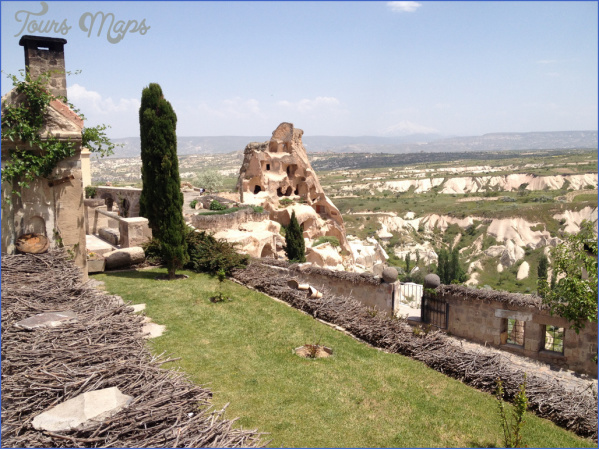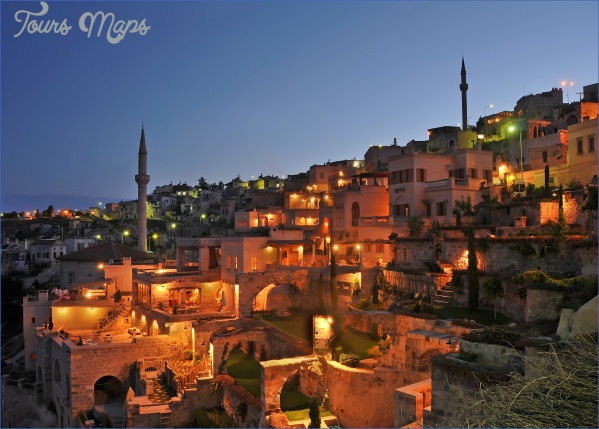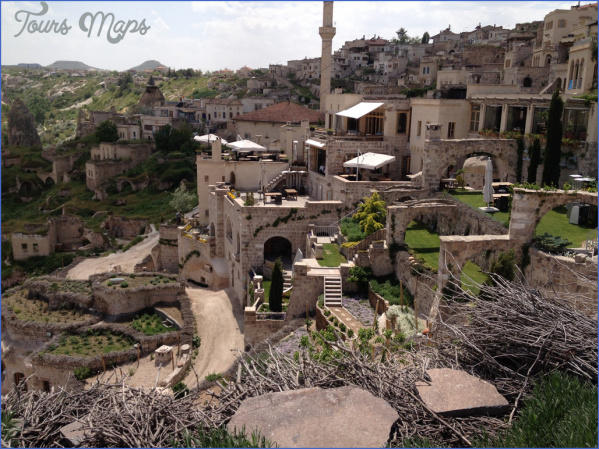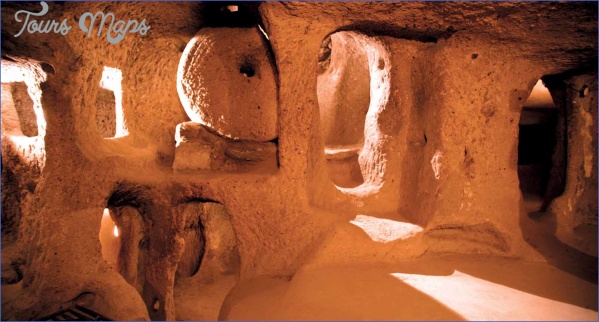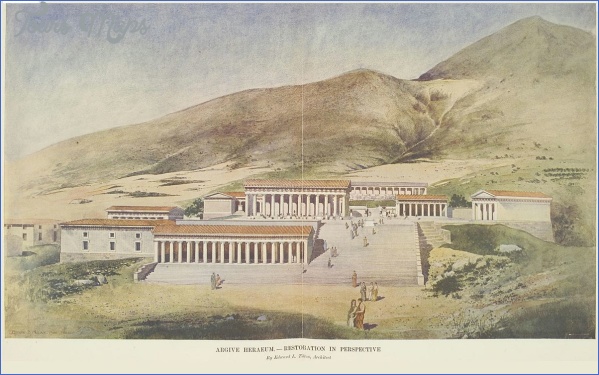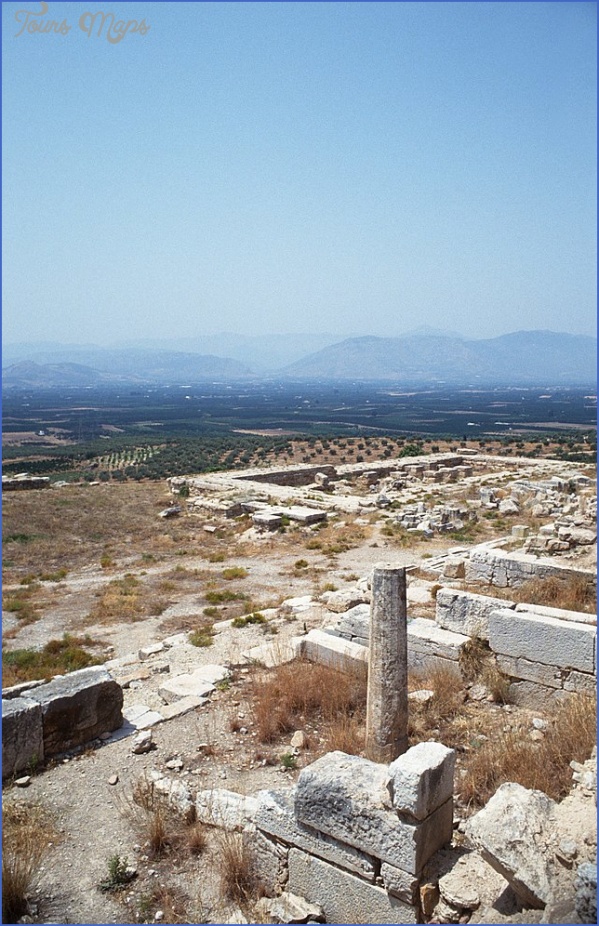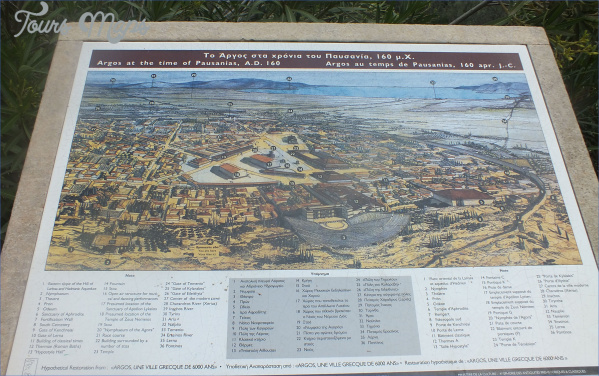Argos played a key role in Greek history. The most powerful city in the Argolid, its location between Corinth and Sparta meant that it was constantly embroiled in war. Its historians knew of a semi-mythical king, Pheidon, credited with introducing coinage, weights and measures into Greece, but when or whether he lived remains unclear. He may have fought at the Battle of Hysiae against the Spartans in the southwest Argolid around 668 bc, just one in a series of increasingly brutal encounters between the two states. Perhaps the most savage was the Battle of Sepeia in 494 bc, when the Spartans corralled the defeated Argives inside a sacred grove near Argos, set fire to it, and burned their prisoners alive. Argos escaped defeat only when its lyric poetess, Telesilla, distributed weapons to its women and slaves, who took up position on the city walls. Unwilling to entertain even the possibility of being defeated by women, the Spartans tactically withdrew. A commemoration to Telesilla stood near Argos’ theatre.
During the Persian Wars Argos remained controversially neutral, perhaps hoping that if its Greek enemies were beaten, it would prosper. In the Peloponnesian War, Argos vacillated, allying first with Athens, then (after a change of government) with Sparta. During this period, a colossal gold-and-ivory seated statue of Hera by Polycleitus was dedicated in the Argive Heraion. In the fourth century bc Argos switched sides again, helping Thebes to defeat Sparta at Leuctra (371 bc) and Mantinea (362 bc). In the following decades it sought help against Sparta from Macedon.
In the third and second centuries bc, Argos remained an occasional war zone. Pyrrhus of Epirus was killed here, struck on the head by a roof-tile hurled by an old woman (272 bc). (He had just interpreted the memorial to Danaus in the agora, showing a wolf savaging a bull, as an omen of his death.) After Rome annexed Greece in 146 bc, Argos was an important provincial centre. In 50 bc the Nemean Games (which in previous centuries migrated between Nemea and Argos) were permanently relocated here. Although it was sacked by Alaric (ad 396), the city flourished under the Byzantines, but suffered under the Turks, who enslaved much of its population in ad 1397 and massacred the rest in 1500, replacing them with Albanians. In the Greek War of Independence (1821-29) Argos was virtually reduced to ruins. Its current concrete sprawl dates mainly from the 1960s.
Argos in History & Today Photo Gallery
Argos
Much of ancient Argos lies beneath the modern town. The most important remains lie by the Tripolis road. These include (west of the main road) the late fourth-/early third-century BC theatre. The auditorium, whose rock-cut seats survive, originally extended further on either side, supported on stone revetments, and seated 20,000 people. A canopy once covered at least part of it. Nearby, a smaller fifth-century BC theatre (seating around 2,500 people) was turned into an odeon in the second century AD. Adjoining this are scanty remains of a sanctuary of Aphrodite. In front of the theatre is a Roman bath complex, whose two-storey west end survives to roof height. East of the main road is the agora. Only foundations survive, but the well-signed site contains an impressive range of buildings including nymphaia (fountain houses), a bouleuterion (council chamber), a temple and a tomb.
North, on Aspis Hill, the foundations of the temples of Pythian Apollo and Athene Oxyderkes (‘Keen-Eyed’) give good views to the Convent of the Virgin of the Rock and the medieval fortress (with traces of Mycenaean and Classical masonry) on nearby Larissa Hill. Traces of Mycenaean and pre-Mycenaean houses survive on Aspis’ wooded summit.
The Argive Heraion lies five miles northeast of Argos. Its setting is magnificent. The highest of a series of terraces housed the ‘old temple’, destroyed by fire in 423 BC thanks to the carelessness of its priestess. On the middle terrace stood the ‘new temple’ (c. 420-410 BC), containing Polycleitus’ gold-and-ivory cult statue, and a stoa. On the lowest terrace was a further (fifth-century BC) stoa. There is also a Mycenaean tholos tomb.
Argos’ Archaeological Museum (currently closed) houses collections ranging from the Early Neolithic (including a c. 3000 BC terracotta figure) to Roman times. Highlights include a late eighth-century BC bronze helmet and armour, a seventh-century BC pottery fragment showing Odysseus blinding the Cyclops (among the earliest representations of mythology in Greek art) and a fifth-century BC vase showing Theseus and the Minotaur. There are also fifth-century AD mosaics showing Dionysus and the Seasons.
Cleobis and Biton’s statues are housed in the Museum at Delphi.
Maybe You Like Them Too
- Theseus & Peirithous
- The Voyage of the Argo Begins
- Minos, his Loves & his Family
- The Centaurs
- Athens in History & Today

